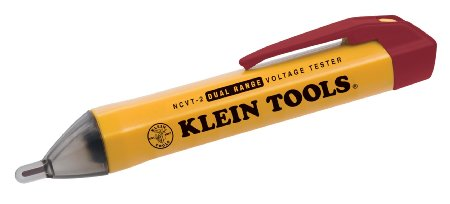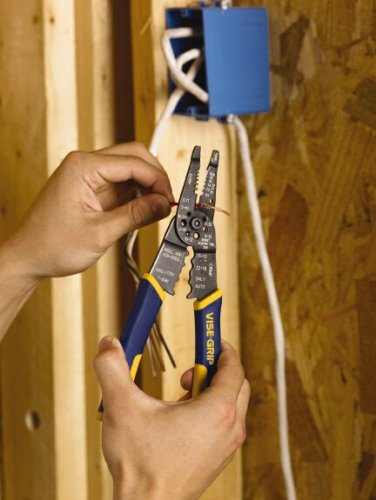DIY enthusiasts of the world know that there are many small tasks that they can handle without calling in an expert. However, if you are considering a bit of electrical work, take the astonishing statistics into consideration, beforehand:
“The Occupational Safety and Health Administration (OSHA), Washington, D.C., estimates there are approximately 350 electrical-related fatalities a year, which roughly equals one fatality per day… In addition, the Bureau of Labor Statistics (BLS) data indicates 2,726 nonfatal electrical shocks involved days away from work a year, between 1992 and 2001, in private industry.”
This means that even experts can be injured when doing electrical work. And though millions of people have somewhat laughable memories when they have been “zapped” accidentally in the past, the simple truth is that most who have experienced electrical shock are lucky that they avoided a terrible injury.

Avoid Electric Shocks – Follow The Five Critical DIY Electric Safety Tips
Following the Five DIY Electric Safety Tips will help you avoid sloppy work and more importantly, a jolt, serious injury or worse, from electric shock:
Be Safe – It is easy enough to think that switching off one of the breakers has left you safe from danger, but that is a huge mistake. Millions of people end up with burns, or much greater injuries when they’ve left the panel active because they turned off the wrong breaker. Do the smart and safe thing by turning off the panel and double checking by testing the outlet or wiring, before you begin work. For less than $20, pick-up an easy to use voltage tester, like the Klein Tools NCVT-2.

Be Safe – Check your Outlets and Wires, first.
Be Smart – While we might say that everyone knows that water and electricity don’t mix, it is fairly surprising to discover how many people suffer injury because of exposure to water or dampness during electrical work. If something is damp to the touch, it is unsafe to be in contact during electrical work. The same can be said of heat – if something is warm to the touch, it is a warning to you that wiring or electricity is a problem. Do not address the situation until the current is cut. Dimming lights, humming sounds and hot wiring are all indicators that you need to be very smart about your next steps.
Be Prepared – While MacGyver might be famous for being able to use chewing gum, wire and a paperclip to achieve amazing things, you’re not. You can’t slapdash your way safely through electrical work. This means always using the right tools and only the right tools. For example, insulated handles and grips are a must, and you won’t “make do” by wrapping the handles with electrical or duct tape. Work like a pro and use the right tool for the right job. A great all around tool for your electric DIY toolbox, is the Irwin Vise-Grip Multi-Tool Stripper/Crimper/Cutter.

Always use the right tool for the job!
Don’t Be Cheap – This is a problem with a lot of DIY enthusiasts. They want to “reduce, reuse and recycle,” and this can lead them to taking cheap shortcuts that are unwise. A good example of this is failing to use new twist connectors and instead putting a cracked or worn connector back over the wires. Also, skipping the use of electrical tape to secure the connectors and completely insulating the wiring is another cheap tactic, all of which can lead to trouble. Don’t sweat the small change. Be like the pros, and just be sure to do it right.
Don’t Be a Know It All – A lot of DIY fans like to tackle something if they are “familiar” with it or have seen someone else do it. That’s fine with wiring a fan or installing a new switch, but know when to call in an expert. There is no shame in paying a pro to get it done safely, especially where electricity is concerned.
Sure, you can do lots of DIY projects, but there are some instances when safety and common sense may say it’s a job for the experts. With these Five Critical DIY Electric Safety Tips, you’ll recognize your limts, avoid the worst risks, and safely complete your home electric projects, just like the pros.
You’ll also like:
DIY Home Solar Installation Checklist: You can do it!
Could we use Old Cell Phones to Power our Homes…our Cars?
Fuel Neighbor Envy with Stunning LED Light Strips
Want more interesting articles, reviews and insights like this one?
Sign-up for our weekly updates, below:

Leave a Reply